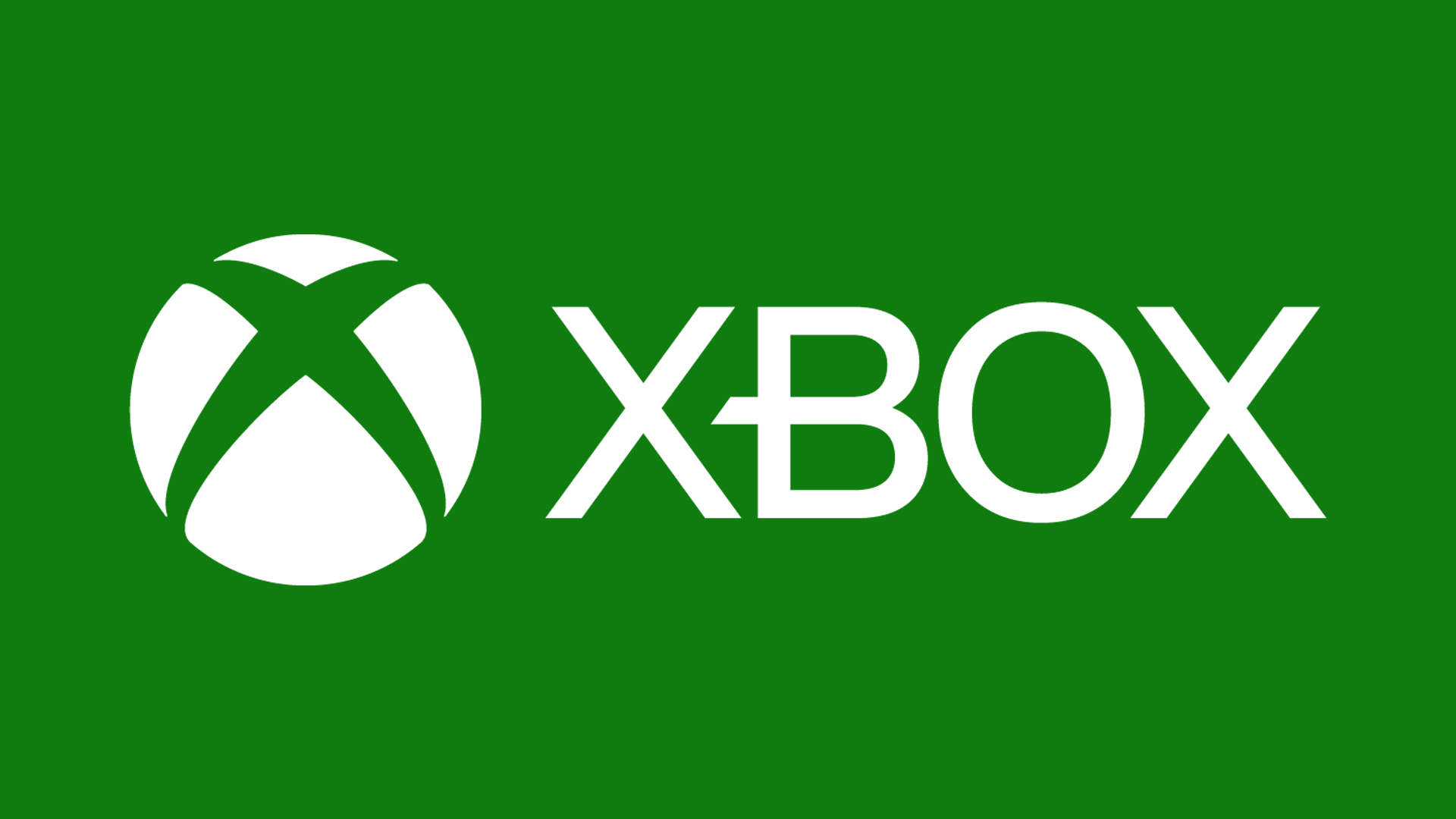Yes, it's almost twice the speed. But it needs to be seen in context. That's the only way things can be looked at objectively and evaluated fairly.
The whole purpose of the SSD, and everyone agrees, is to remove the limits of the hard drive. Games needed to be designed with the hard drive in mind, because it was the major bottleneck for a long time. So everything as of now, needs to be looked at, in comparison to hard drives. Every developer is jumping from hard drives as a standard to SSDs as a standard.
So in reality, how much does twice the SSD speed of the PS5 REALLY matter? Let's do a quick calculation...
Assume you have to load 16GB of data into RAM. You have an HDD that can transfer 50MB/s, the XSX that can do 4.8 GB/s, and the PS5 that can do 9 GB/s.
The HDD takes 16000/50 = 320 seconds
The XSX SSD takes 16 / 4.8 = 3.3 seconds
The PS5 SSD takes 16 / 9 = 1.8 seconds
The jump from 320 seconds to 3.3 seconds is HUGE. The jump from 320 to 1.8 seconds is definitely bigger, but is it really THAT much more significant compared to the XSX? Compared directly against the XSX, it is almost 90% faster, sure. But the difference between the PS5 SSD and the XSX SSD compared to the HDD is 1.5 seconds over 320 seconds, which is a mere 0.5%. Sure, maybe the HDD can do 100MB/s instead of 50 MB/s, but that would still make the difference a mere 1% between the consoles.
Slamming each other and bragging about 0.5% - 1% difference in storage improvement is not exactly what I would call good use of one's time.










